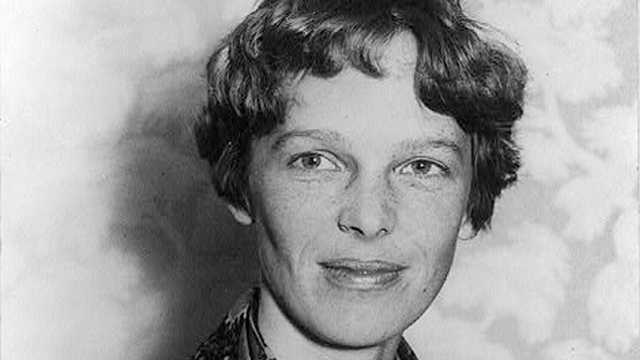On July 28th, 1914, the world was forever changed when Austria-Hungary declared war on Serbia, setting off a chain reaction that would evolve into the most devastating conflict the world had ever seen—World War I. This declaration of war was the result of a complex web of political alliances, militaristic posturing, and nationalistic fervor, all of which were compounded by the assassination of Archduke Franz Ferdinand, heir to the Austro-Hungarian throne. This tragic event, combined with centuries of political tension in Europe, catapulted the continent into a war that would last for four long years and leave an indelible mark on history.
The Assassination of Archduke Franz Ferdinand
The immediate catalyst for the outbreak of World War I was the assassination of Archduke Franz Ferdinand, which took place on June 28, 1914, in Sarajevo, the capital of Bosnia and Herzegovina. The Archduke and his wife, Sophie, were gunned down by Gavrilo Princip, a member of a Serbian nationalist group called the Black Hand. The assassination was motivated by the group’s desire to end Austro-Hungarian rule over the Slavic people in the region and to unite South Slavs under Serbian leadership.
This act of violence set off a series of diplomatic crises and political maneuvers that would soon engulf Europe in a full-scale war. Austria-Hungary, backed by Germany, sought to punish Serbia for its perceived role in supporting the assassination. The situation quickly escalated as Russia, an ally of Serbia, began to mobilize its military forces in defense of the Slavic nation.
Austria-Hungary’s Declaration of War
One month after the assassination, on July 28, 1914, Austria-Hungary made its move. The empire, determined to avenge the death of Archduke Franz Ferdinand and assert its dominance in the Balkans, declared war on Serbia. The declaration was not just an isolated act of aggression—it was a turning point in a much larger geopolitical struggle.
Austria-Hungary’s declaration of war against Serbia set off a chain reaction of events. Serbia, backed by Russia, had no choice but to prepare for war. Russia, in turn, began mobilizing its army, which prompted Germany, Austria-Hungary’s ally, to declare war on Russia. Within days, France, an ally of Russia, found itself drawn into the conflict, and when Germany invaded Belgium on its way to France, Britain entered the war as well.
The Domino Effect of Alliances
The outbreak of World War I was not the result of one event alone but rather a culmination of years of tensions between the great powers of Europe. The complex web of alliances formed throughout the late 19th and early 20th centuries played a crucial role in the rapid escalation of the conflict. The alliances were intended to provide security for nations, but they also ensured that any localized conflict would have the potential to engulf all of Europe.
Austria-Hungary was allied with Germany, while Serbia had the support of Russia. France, as an ally of Russia, was drawn into the conflict. Great Britain, which had its own alliances and interests in the region, entered the war after Germany invaded Belgium. The war thus rapidly expanded into a global conflict, with the various European powers divided into two major opposing alliances: the Allies (including France, Russia, Britain, and later Italy and the United States) and the Central Powers (including Germany, Austria-Hungary, and the Ottoman Empire).
The Impact of World War I
The war that began on July 28th, 1914, would go on to become one of the deadliest and most destructive conflicts in history. The war’s human cost was staggering, with an estimated 16 million people killed and millions more wounded. The use of modern technology, such as machine guns, tanks, and poison gas, resulted in unprecedented casualties on both sides.
The war also had profound political, social, and economic consequences. Empires such as the Austro-Hungarian, Ottoman, Russian, and German empires crumbled, and the political landscape of Europe was permanently altered. The Treaty of Versailles, signed in 1919, officially ended the war and laid the groundwork for significant political changes across the globe. However, the treaty’s punitive terms, particularly toward Germany, sowed the seeds for the rise of Adolf Hitler and the outbreak of World War II just two decades later.
The impact of World War I also changed the way warfare was conducted. The war introduced new tactics and strategies, many of which would influence future military conflicts. It also led to the establishment of international organizations, such as the League of Nations, which aimed to prevent future wars but ultimately failed to do so.
The Legacy of July 28th, 1914
The declaration of war on Serbia by Austria-Hungary on July 28th, 1914, marked the beginning of a conflict that would reshape the world in profound ways. The war’s aftermath saw the collapse of several empires, the redrawing of national boundaries, and the loss of millions of lives. The events of that day continue to be studied by historians and military experts, as the causes and consequences of World War I remain a critical part of our understanding of global politics, conflict, and diplomacy.
As we reflect on the outbreak of World War I, we are reminded of the devastating consequences of unchecked nationalism, militarism, and political alliances. The conflict that began in 1914 serves as a stark reminder of the fragility of peace and the importance of diplomacy in preventing the horrors of war. While the world has changed dramatically since that fateful day in July, the lessons of World War I remain relevant to this day.
In the years since, the world has seen both progress and setbacks in the pursuit of peace and stability. However, the legacy of the First World War continues to shape our approach to international relations and serves as a reminder of the devastating cost of global conflict.







What do you think?
Show comments / Leave a comment